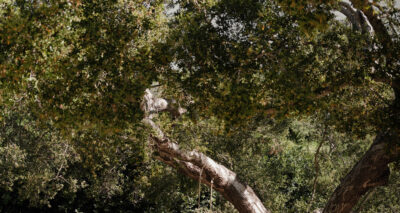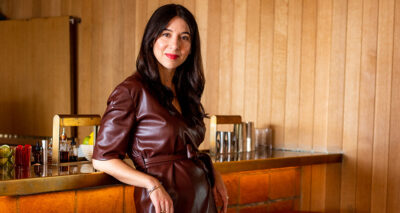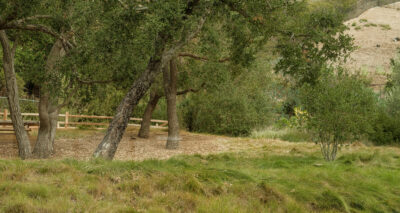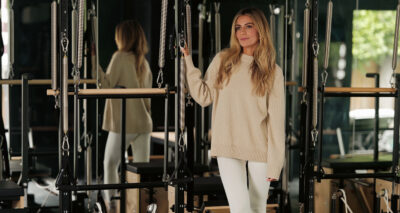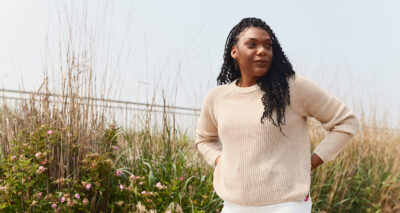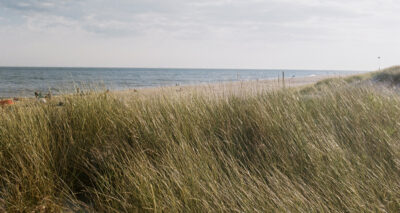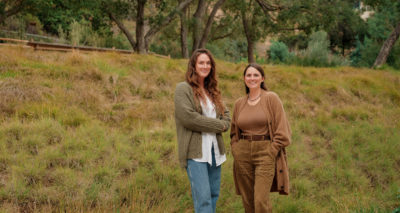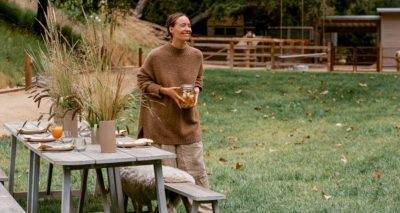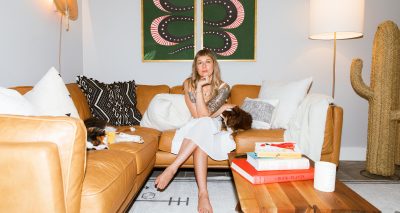Scents of the Pacific Northwest: Introducing Maak Lab
Translation missing: en.blogs.article.author_on_date_html
Wellness
Scents of the Pacific Northwest: Introducing Maak Lab
April 12, 2016
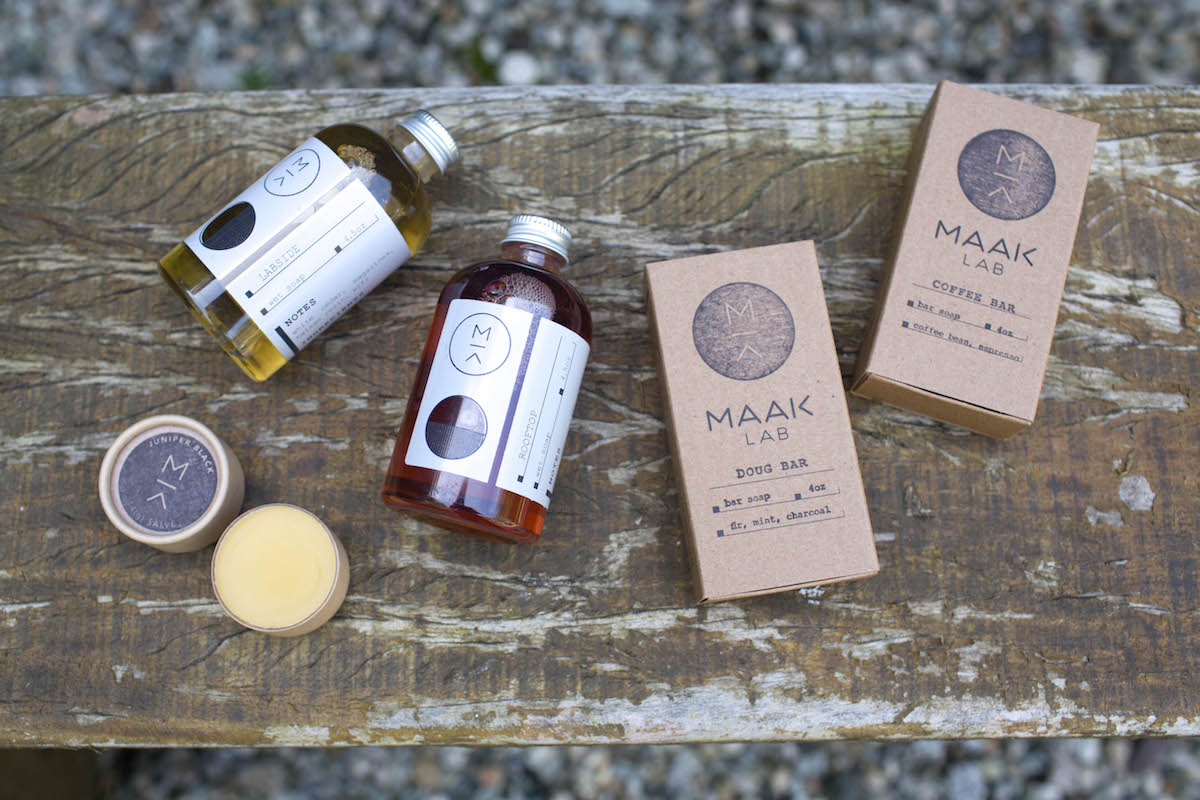
My devotion to fresh flowers is no secret. But that love of nature’s beauty and aromas doesn’t stop at growing or just-cut plants—I love to enjoy those fragrances in as many products and ways as possible. I was particularly thrilled to recently discover Maak Lab, a soap and candle line based in Portland, Oregon. The line is devoted to exploring and experimenting with plant-based scents that represent moments in nature and the Pacific Northwest, as well as those from urban street settings.
Founded by partners in life and business, Taylor Ahlmark and Nori Gilbert, Maak uses only natural ingredients from local farms and other sustainable sources. I can imagine the spree I’d have shopping the uniquely scented formulas at their flagship retail shop in downtown Portland, which also houses their production facilities. Theirs is an inspiring story, and I loved hearing from Nori what goes into their process and products. Enjoy! XXJKE
Rip & Tan: How did you get inspired to start Maak Lab? Where did you discover your interest in scent and soap?
Nori Gilbert: Scent has been our main interest. We moved to Portland from Arizona seven years ago, and were jaded to the desert cacti and environment we grew up around. We were struck by the vibrant smells coming from plants around our new home. It led us to build a small steam distiller, which we used to pull essential oils from plants in our yard like lavender and Douglas fir. Soap became a way to carry those smells—like little scent blocks we could use in our day-to-day life.
Rip & Tan: Is there a meaning behind the name Maak?
NG: In Dutch it means “to create,” which represents part of our heritage and what we focus on doing.
Rip & Tan: How did you learn to make soap? What was your background before starting this label?
NG: Formally, my background is behavioral psychology, and Taylor’s is architecture and design. We moved here after college and worked in our respective fields, and about a year after getting here we started Maak as a means to work together and get involved in the city in a new way. Soap was a natural starting place since I had some hobby-level experience making it back in Arizona. As we progressed we learned mostly through research, practice and experiments. Eventually what started as a night/weekend sort of project grew to the point that we’ve both had to leave our other jobs to be here full-time.
Rip & Tan: What were some of the first things or places that inspired you to capture the scents and turn them into products?
NG: The first inspirations were things in our environment. One of our woodworker friends first exposed us to a local infrequently used fragrance material called Port Orford Cedar. He showed us a slab he was working with and it smelled like nothing we’d experienced before. Pretty quickly we were playing with it as an oil in candles and soaps—any way to highlight the scent. To this day it’s still an important component in several of our products.
Rip & Tan: What is your process like, from conception to final product?
NG: It varies from project to project, whether it’s a private-label item we’re developing for another company, a product for our own brand, a custom line for a hotel, etc. But generally we pinpoint and explore the concept, match it to a scent direction, and compound a ton of different scent blends. Once we establish the scent compound it’s a matter of making the scent come through correctly in the product at hand: testing, tweaking and ultimately landing on a few options to choose from. Packaging, graphics, printing methods and the surrounding ephemera of the product will sometimes help inform the product itself (thickness, opacity, coloring), so we usually develop this concurrently with the product formulation, until it all comes together in the final form.
Rip & Tan: Where do you source your ingredients and materials?
NG: We work with a lot of nearby farms for locally grown ingredients like peppermint and white cedar, and connect with local suppliers and friends whenever possible. For instance, our friends at The Tulip House Coffee load us up with any excess coffee beans they roast and we turn it into our Coffee Bar soap. This is one ingredient we can never have enough of—dedicating their coffee to soap (and not drinking it) is always a hard decision.
Rip & Tan: Do you have favorite ingredients lately that you can’t get enough of?
NG: Scent-wise, we’ve found it can be too limiting to use only what grows around us. So we also focus on maintaining a full and eclectic scent library that represents smells beyond just the Pacific Northwest. From this, oakmoss and laurel are a couple of my current favorites.
Rip & Tan: I know you use all natural ingredients, but you don’t only recreate scents found in nature. You have more urban-inspired products too. What inspired that?
NG: Opening our flagship in downtown Portland was a huge part of that. We’re squarely in the middle of downtown, right off Burnside, in a growing shopping district termed “Downtown Proper.” While we use scents from nature and fresh plant life, we’re city dwellers and love our urban environment, too.
Rip & Tan: Being so keyed into scent, what are your personal preferences for scent in your home? What products do you use in different rooms?
NG: Because our shop smells so fragrant already, it’s hard to fully test new scents and products there, so we treat our house as neutral scent territory where we can test and assess products we’re working on. Usually there are more than a few sample candles, soaps and sprays floating around for various projects we have in the pipeline.
Rip & Tan: What are some of the benefits that people who use your products experience?
NG: Our products are natural, based on utility and smell great. We work to make good products for people who appreciate these things and want a better alternative. Nothing revolutionary, but there should be a notable difference in scent, functionality and general enjoyment.
Photo: Brittany Wood
